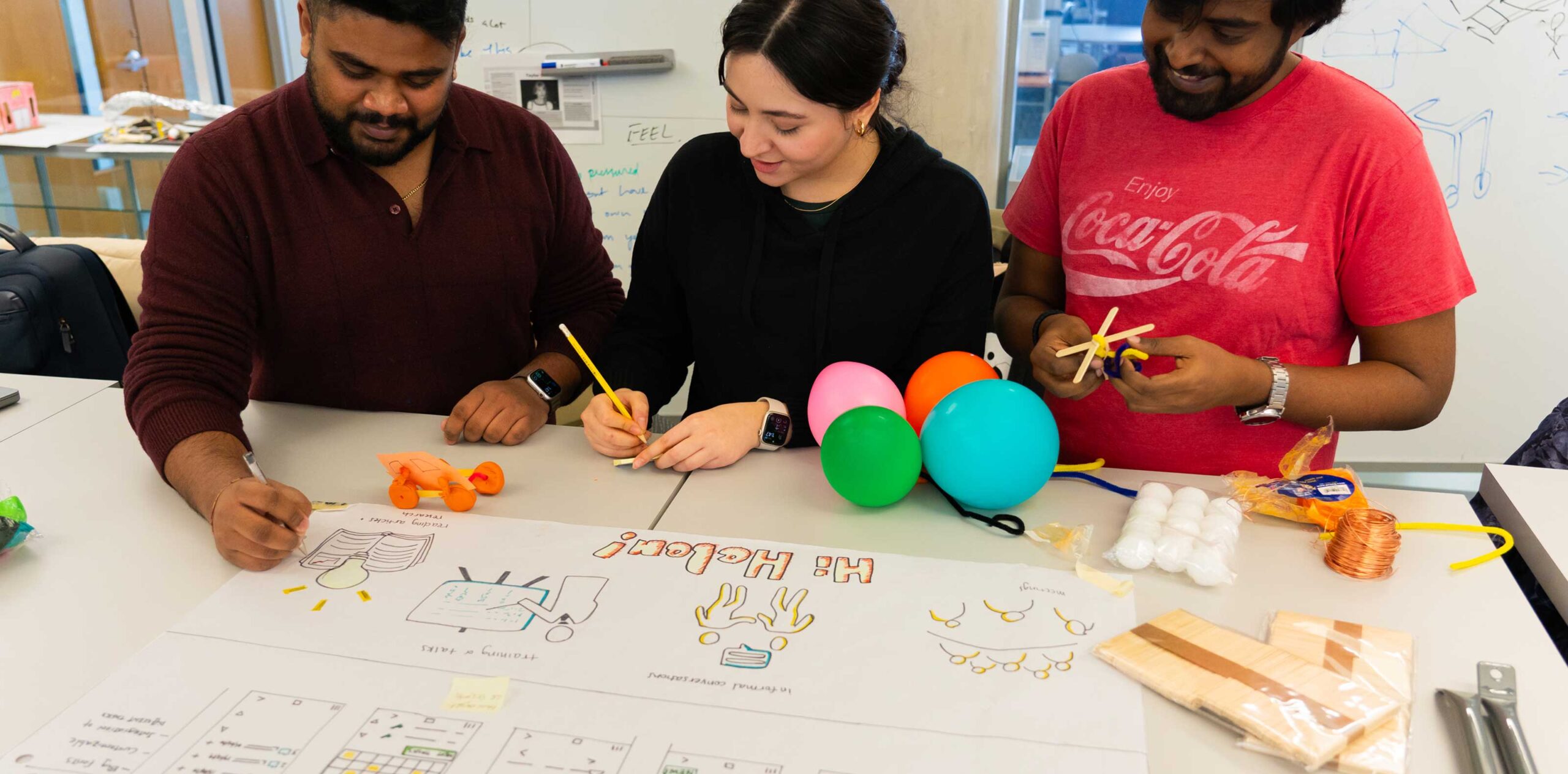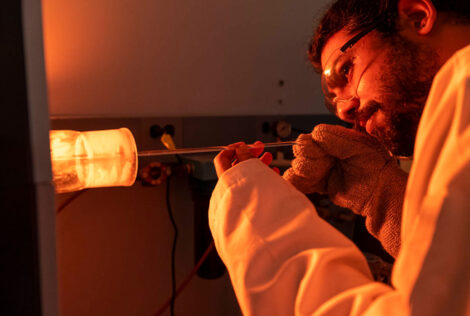
Graduate Co-op
Master’s and PhD students may complete 4 to 12 months of co-op experience in various types of organizations, including corporations, non-profit organizations, government agencies, startups and research institutions.
This program is crafted to elevate your skills, enhance your experience, and position you as a creative leader. Learn to design and engineer elegant solutions to complex problems and discover insights about users through the philosophy of human-centred design.
Design thinking and engineering methodologies are embedded throughout the curriculum. You will learn to apply a prototyping mindset used by successful designers and engineers.
Recommended 16 months full-time (minimum 12 months and maximum 24 months) or 40 months part-time (domestic only).
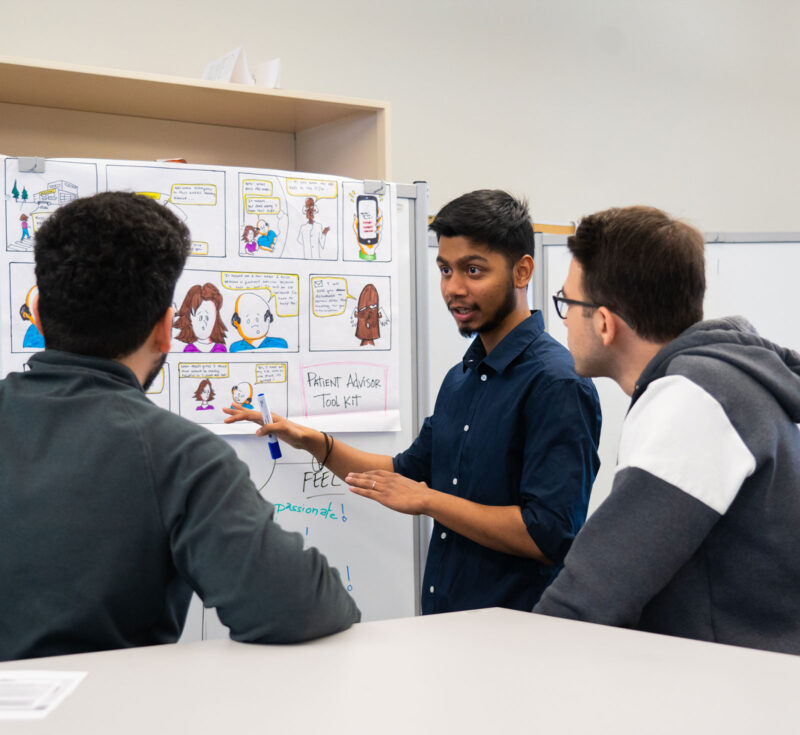
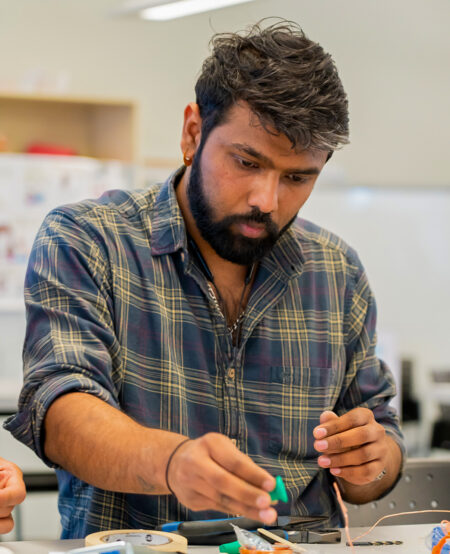
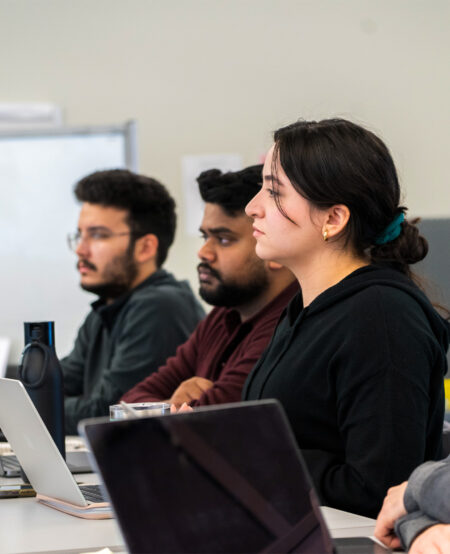

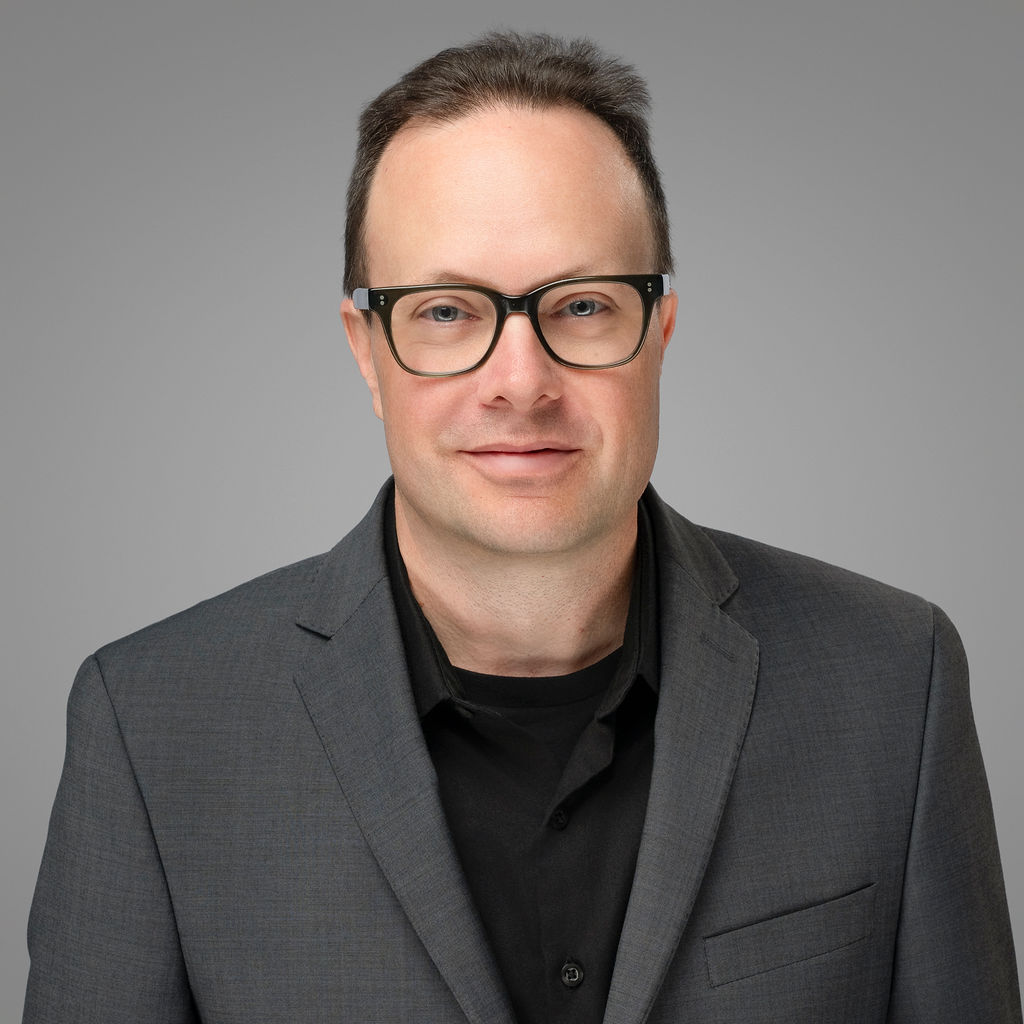
Leading the MED program, Robert Fleisig is an award-winning educator, engineering designer and expert in health technology. He is passionate about teaching an empathetic and human-centred approach to engineering design.
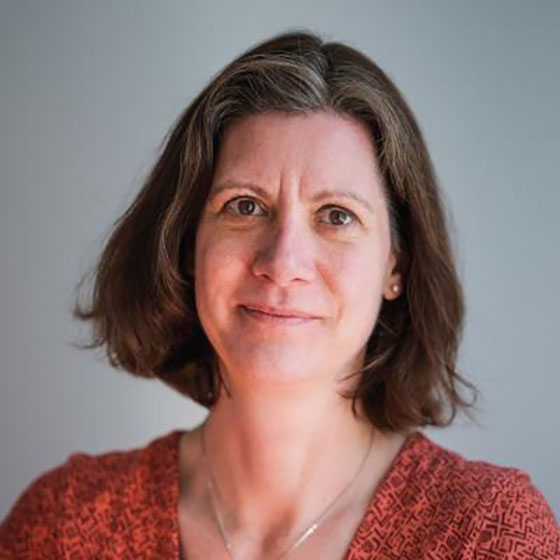
A dedicated educator and global health advocate, Andrea has over two decades of experience spanning design, engineering, health, and international development. Passionate about creating inclusive, team-driven environments, she believes that placing people’s aspirations at the heart of collaborative efforts leads to impactful social change.
Graduates of our Master of Engineering Design program are working in a variety of roles at leading companies across multiple industries. Below is a sample of the positions and organizations they’ve joined.

Master’s and PhD students may complete 4 to 12 months of co-op experience in various types of organizations, including corporations, non-profit organizations, government agencies, startups and research institutions.
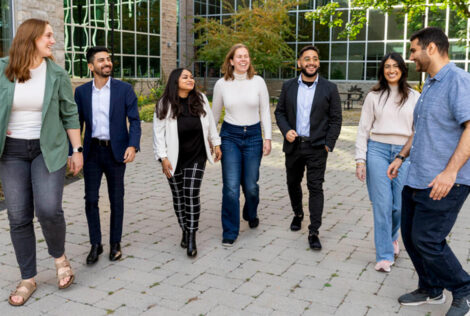
The EGS actively supports engineering graduate students through events, workshops, bursaries, and collaboration with various campus organizations, focusing on representation, community building, and academic and professional development.

Hamilton, also known as The Hammer or Steeltown, is a thriving city close to the U.S. border and Toronto, with easy access for students commuting from the Greater Toronto Area via the on-campus GO Bus Terminal.
Understand every step, from applying, to accepting your offer and joining us on campus!
Thank you for your interest in our Graduate Studies. Please fill out the form below, and we will connect with you to answer all of your questions.
